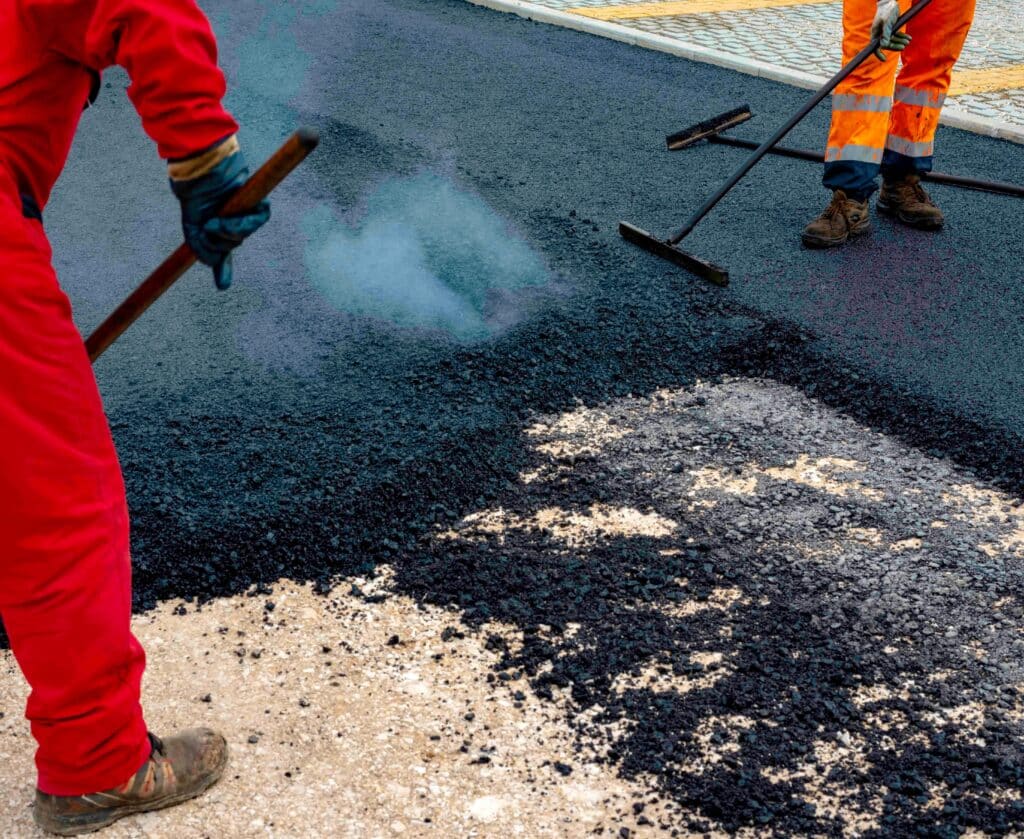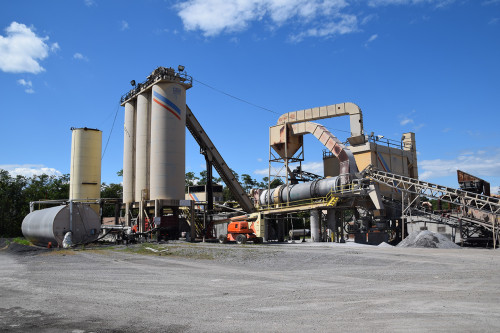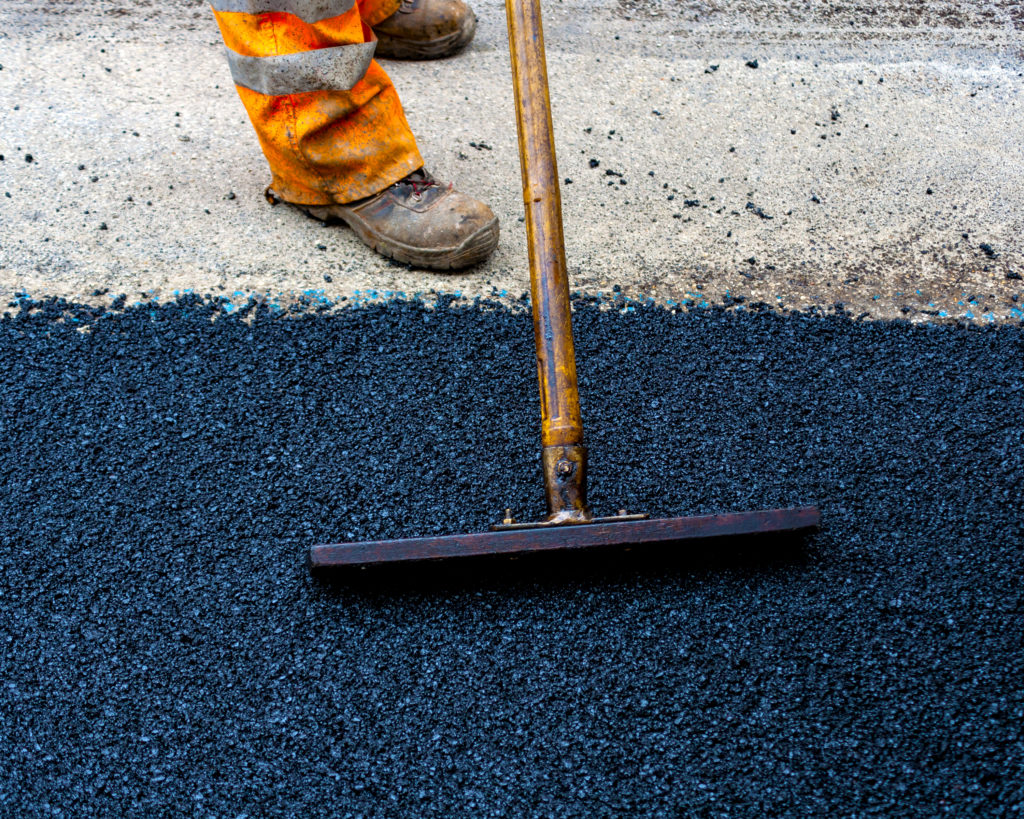Hot Mix Asphalt Paving: Redefining Commercial Residential Property Landscapes
Hot Mix Asphalt Paving: Redefining Commercial Residential Property Landscapes
Blog Article
Opening the Keys of Hot Mix Asphalt Technology
Checking out the depths of hot mix asphalt innovation discovers a world where exact formulas and careful procedures assemble to shape our roads and facilities. The fusion of binders, aggregates, and fillers isn't just a building task but a tactical orchestration of sturdiness and effectiveness. As we peer into the intricate dancing of parts, a tapestry of durability and sustainability unfolds. But what lies beneath this surface area of asphaltic proficiency, and what tricks wait to be unveiled in the realm of leading advancements?
Importance of Warm Mix Asphalt
Warm Mix Asphalt plays a crucial function in modern facilities development because of its resilience and cost-effectiveness. As one of the most typically made use of paving product for roads, freeways, and car parking whole lots, Hot Mix Asphalt supplies a variety of advantages that add to its relevance in building and construction projects. One vital advantage is its capability to stand up to rush hour lots and severe climate conditions, offering a resilient and dependable surface for transport networks. In Addition, Hot Mix Asphalt is affordable in both preliminary building and construction and long-term maintenance, making it a preferred option for lots of framework tasks.
The sturdiness of Hot Mix Asphalt stems from its structure, which consists of aggregates, binder, and filler products that are meticulously picked and mixed to satisfy particular performance needs. Generally, the relevance of Warm Mix Asphalt in framework advancement can not be understated, as it proceeds to be a keystone of contemporary construction practices.
Elements of Asphalt Mixes
The structure of asphalt blends consists of very carefully selected aggregates, binder, and filler materials that are vital for achieving details efficiency requirements. Aggregates are the main component of asphalt mixes, supplying toughness and security. The binder, typically bitumen or asphalt cement, holds the aggregates together and supplies versatility and durability to the mix.
The combination and proportion of these components play a considerable function in figuring out the high quality and efficiency of the asphalt mix. Designers very carefully create the mix to fulfill details needs, taking into consideration factors like traffic volume, environment problems, and sidewalk life-span. Correct choice and harmonizing of aggregates, binder, and fillers are necessary for developing long lasting, resilient asphalt sidewalks.
Combining and Production Methods

Once the aggregates are selected, the binder, frequently asphalt cement, is included in bind the materials together. The binder's high quality and amount dramatically influence the mix's flexibility, resistance, and strength to ecological variables. In addition, fillers like moisturized lime or Rose city cement may be incorporated to enhance specific characteristics of the asphalt mix, such as its workability or dampness resistance.
Throughout manufacturing, the aggregates and binder are heated up, usually click reference between 250-325 ° F(121-163 ° C ), to help with mixing and ensure appropriate covering of the aggregates. The blending procedure should be complete to attain an uniform combination that advertises the preferred performance characteristics of the asphalt. Various strategies, such as set mixing or drum mixing, are used to accomplish high-quality and regular asphalt mixes for construction jobs.
Elements Affecting Asphalt Efficiency
Elements influencing asphalt efficiency encompass a variety of variables that affect the resilience, long life, and general top quality of asphalt pavements. One key aspect is the quality of products used in the asphalt mix. The kind and source of accumulations, the binder top quality, and the additives all play a substantial role in determining the efficiency of the asphalt pavement. The rank of accumulations is vital as it impacts the mix's resistance, security, and workability to rutting and splitting.

Layout considerations, such as pavement density and drain, are essential in guaranteeing the long-lasting performance of the asphalt pavement. By very carefully taking into consideration these designers, variables and service providers can maximize asphalt efficiency and improve the service life of pavements.
Sustainable Practices in Asphalt Innovation

WMA enables for the manufacturing see it here and placement of asphalt blends at lower temperature levels compared to standard hot-mix asphalt, about his resulting in reduced power intake and greenhouse gas discharges. The usage of porous asphalt mixes can aid reduce stormwater drainage issues by enabling water to penetrate through the pavement and right into the ground, promoting natural water purification and recharge processes.
Verdict
In final thought, warm mix asphalt technology plays a vital duty in modern facilities advancement as a result of its resilience and cost-effectiveness. By very carefully stabilizing parts, employing proper mixing techniques, and thinking about different aspects, designers can develop high-quality asphalt blends that withstand heavy traffic lots and harsh weather. Welcoming lasting techniques, such as making use of warm-mix innovations and recycled products, additionally improves the ecological friendliness of asphalt innovation.
Blending and production techniques in hot mix asphalt innovation include the accurate combination and processing of accumulations, binder, and fillers to produce a resilient and high-performance asphalt mix.Variables affecting asphalt performance encompass an array of variables that influence the toughness, durability, and overall top quality of asphalt pavements. Sustainable techniques in asphalt modern technology include various campaigns aimed at reducing the ecological effect of asphalt production and paving procedures. By incorporating redeemed asphalt pavement (RAP) and recycled asphalt shingles (RAS) right into new asphalt blends, the market can considerably lower the usage of raw materials and power, while also lowering landfill waste.
WMA permits for the production and positioning of asphalt mixes at reduced temperatures contrasted to conventional hot-mix asphalt, resulting in reduced power usage and greenhouse gas emissions.
Report this page